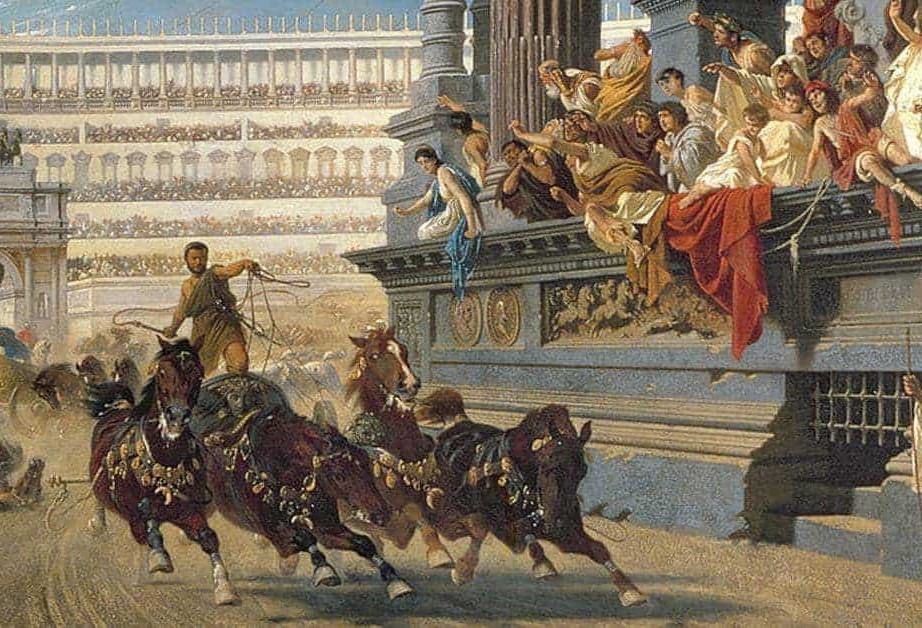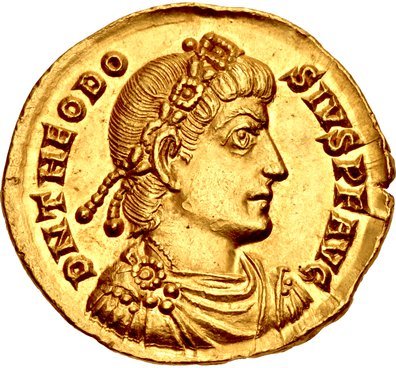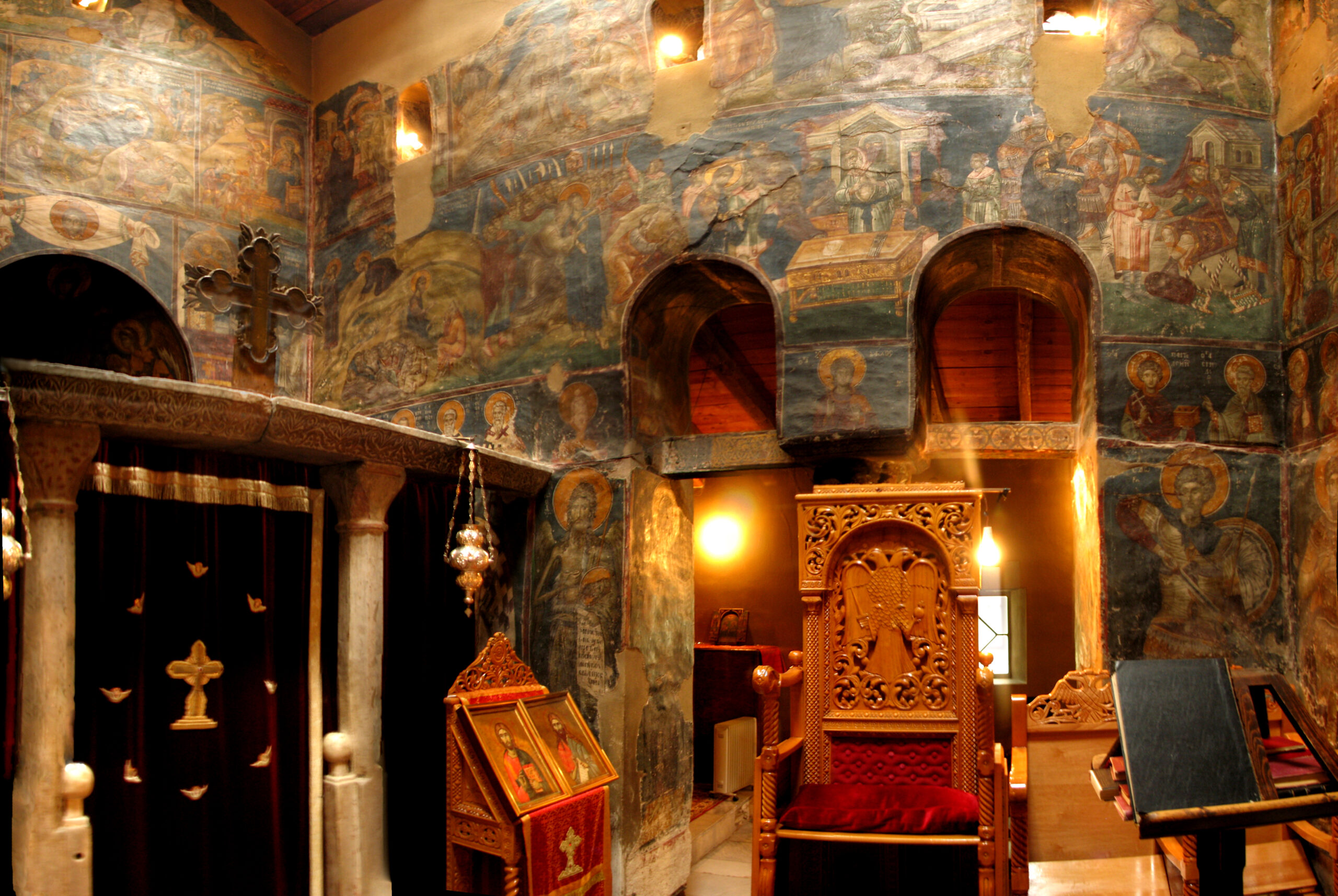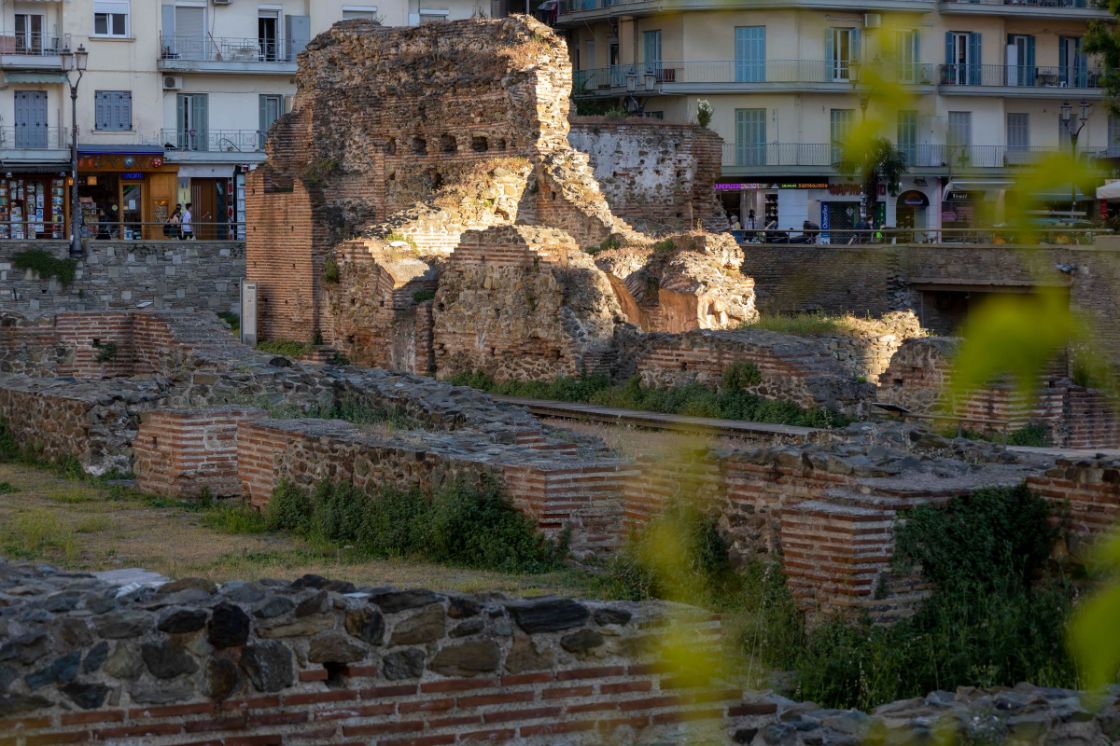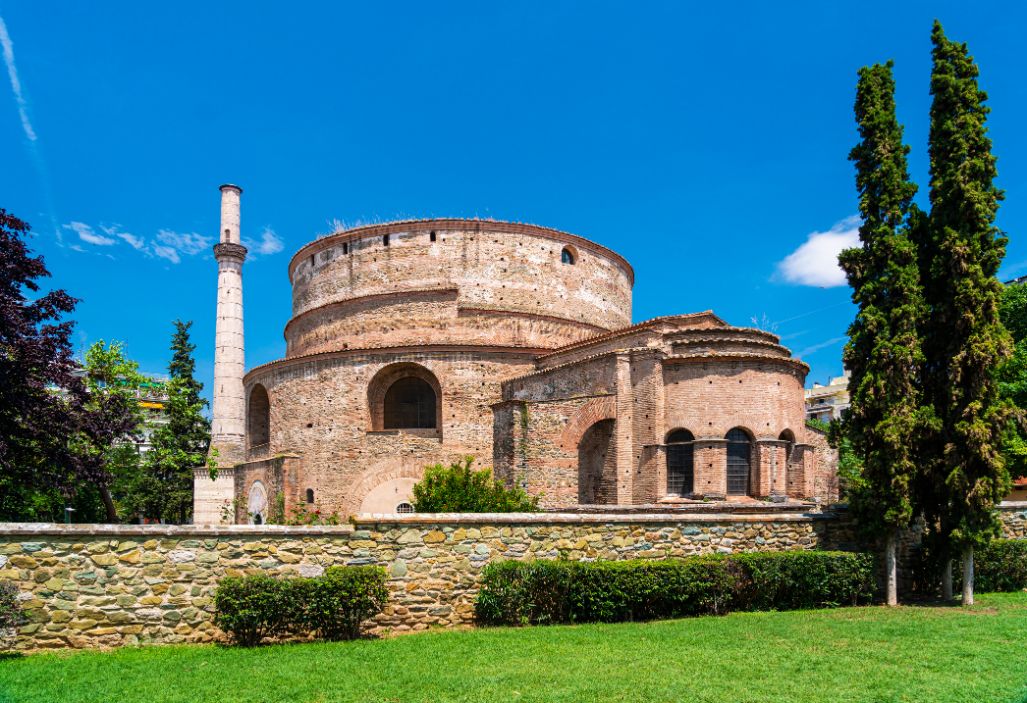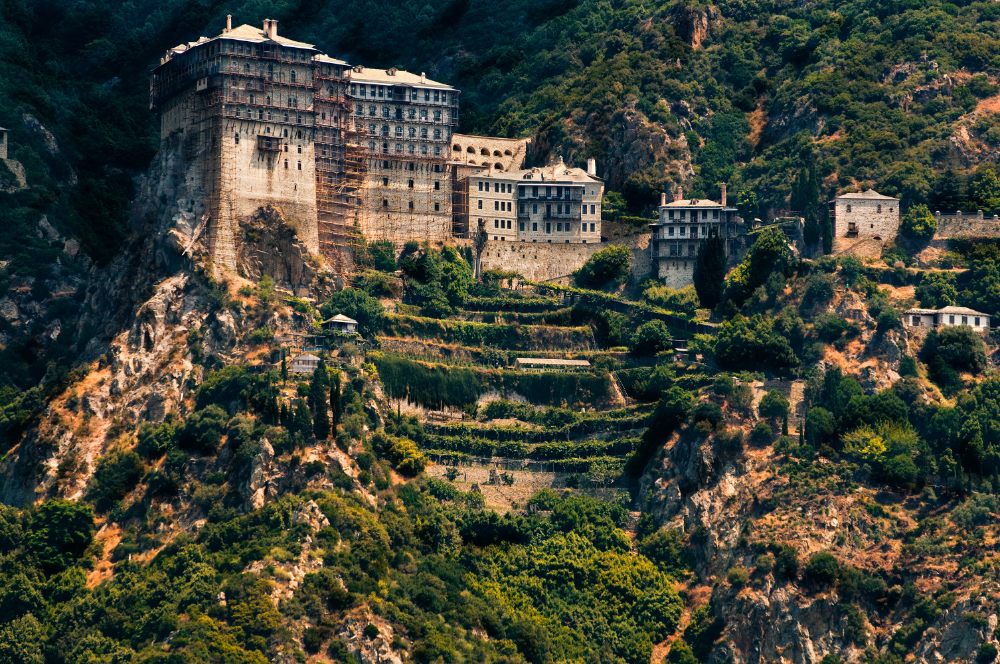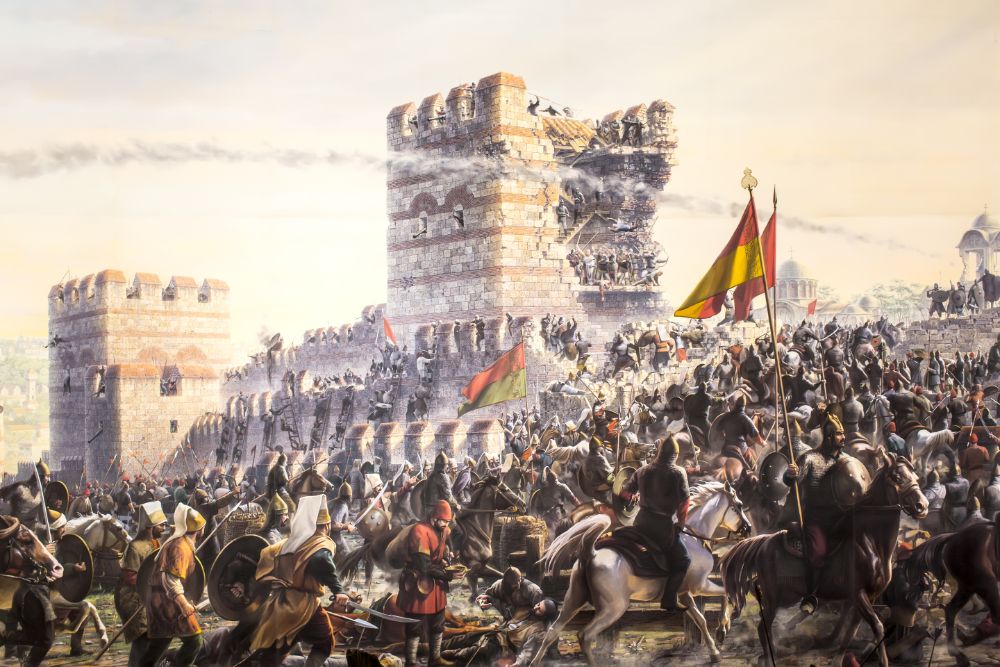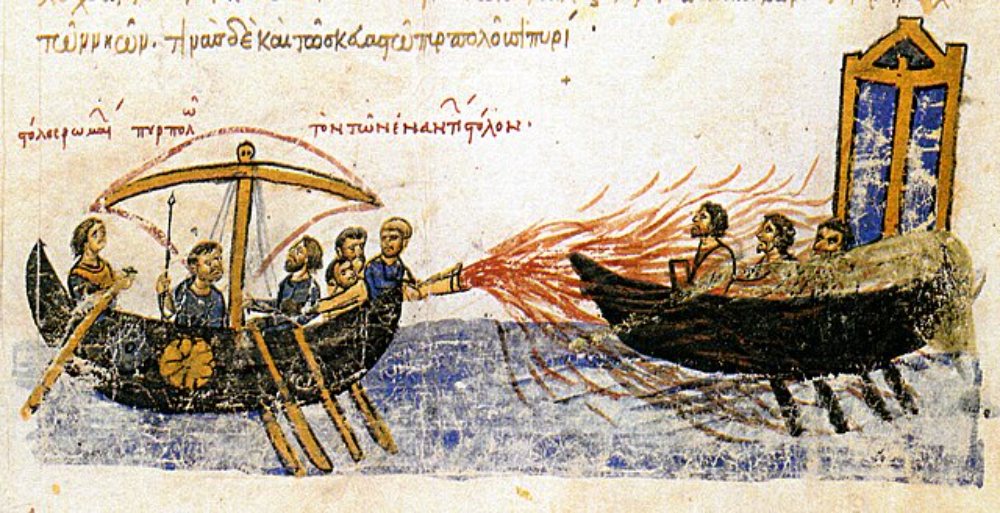Uprising and Transformation in Byzantine Constantinople
The Nika Riots were a pivotal and tumultuous event in Byzantine history, taking place in January 532 AD during the reign of Emperor Justinian I. The riots were sparked by tensions between two major chariot racing factions, the Blues and the Greens, who often drew fervent support from the populace of Constantinople. Initially, the conflict revolved around a disagreement during a chariot race, but it quickly escalated into a full-scale uprising against Justinian’s administration.
Discontentment with high taxes, government corruption, and Justinian’s own unpopular policies fueled the unrest. The riots led to violent clashes and widespread destruction, as the rioters set many buildings, including the Senate and parts of the Hagia Sophia, ablaze. It is estimated that tens of thousands of people gathered in the Hippodrome, rallying against the emperor to overthrow him.
In a dramatic turn of events, Justinian contemplated fleeing the city but ultimately decided to confront the insurrection. He sought the counsel of his wife, Empress Theodora, who famously urged him to stay and fight. Subsequently, Justinian dispatched his generals, Belisarius and Mundus, to quell the rebellion. Their efforts were brutally effective, resulting in the deaths of an estimated 30,000 rioters.
The aftermath of the Nika Riots was significant; Justinian emerged with increased authority. The unrest also prompted grand architectural projects, including the reconstruction of the Hagia Sophia, which became a symbol of Byzantine glory and Christian faith. This event marks a crucial moment in shaping the Byzantine Empire’s political and cultural landscape.

